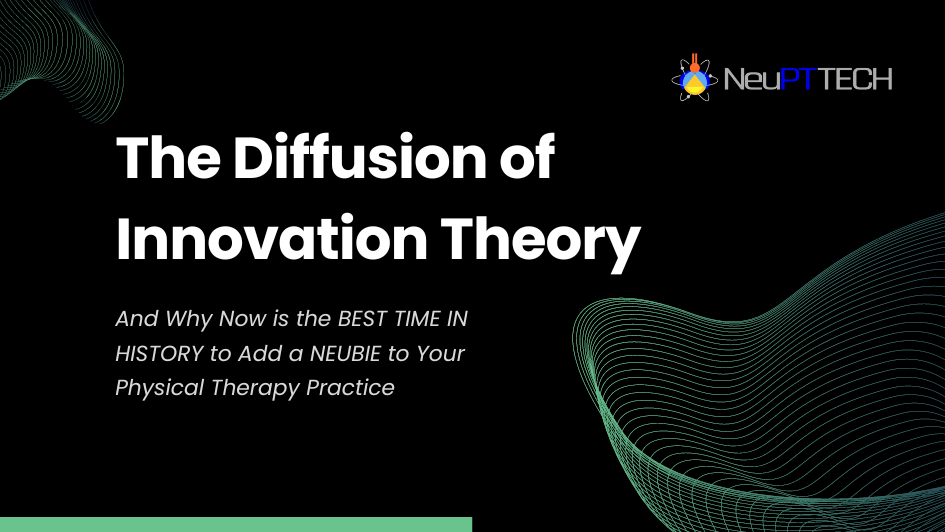
The Diffusion of Innovation Theory and Physical Therapy Technology
Why Now Is the Best Time Ever to Add a NEUBIE to Your PT Practice
Diffusion of Innovation (DOI) Theory, developed by E.M. Rogers in 1962, is one of the oldest and most popular theories in the field of social science that attempts to explain how, why, and at what rate new ideas and technology spread through cultures.
The theory is grounded in the premise that individuals within a social system do not adopt an innovation at the same time. Instead, they make adoption decisions at various times over a period, resulting in a distribution that is bell-shaped or normally distributed.
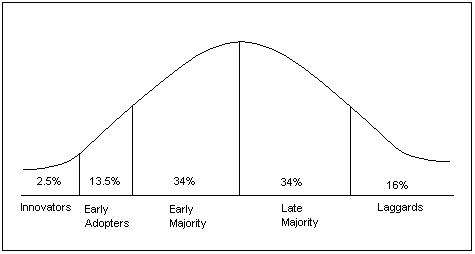
According to this theory, diffusion is the process by which an innovation is communicated through certain channels over time among the participants in a social system. An innovation in this context refers to an idea, practice, or object that is perceived as new by an individual or other unit of adoption.
In the world of physical therapy, the early adopter can make all the difference when it comes to standing out in your community. And that’s how we’ll explain why this is the best time in history to add a NEUBIE to your physical therapy practice and change the course of your business!
The 5 Adopter Stages of the Diffusion of Innovation Theory:
Innovators (2.5% of total population):
Innovators are the first individuals to adopt an innovation. They are risk-takers, have financial resources, and can cope with potential failures of new innovations. They are often in communication with other innovators and have larger social networks. They might not always be respected by their local community, but they play an integral role in spreading new ideas.
Example: Steve Jobs can be considered an innovator in the tech industry. His innovations with Apple Inc., like the iPhone, have forever changed how society uses technology.
How it Relates to PT Technology: Innovators in PT technology are the developers and early adopters of these technological tools. These can include companies and healthcare providers who are always on the cutting edge, investing in the latest technologies to improve treatment outcomes. For instance, when robotic-assisted therapy was first introduced, there were early innovators who started to use and promote this new approach. In the same way, when e-stim therapy was revolutionized with the NEUBIE, NeuPTtech took notice and used it to transform private practices overnight!
Early Adopters (13.5%):
These individuals adopt an innovation after a smaller group of Innovators have tried it. They rely on their own intuition and vision. They typically hold a higher social status, have more financial lucidity or are more comfortable with risk, have advanced education, and are more socially forward than late adopters. They are often opinion leaders and help trigger mass market success.
Example: The early adopters of the iPhone were tech enthusiasts who saw the potential in smartphones and their capability to revolutionize communication and entertainment.
How it Relates to PT Technology: The early adopters are the physical therapists and healthcare organizations that decide to use these technologies after seeing them used successfully by innovators. For example, they might have observed how VR could provide a safe and controlled environment for their patients to perform exercises and decided to incorporate it into their own practices. Also, they saw the NEUBIE Effect on their peers’ practices and were eager to reap similar benefits.
Early Majority (34%):
These individuals adopt an innovation after a significant amount of time has passed. This group relies heavily on interpersonal networks for information and typically deliberates more before deciding to adopt a new innovation.
Example: The early majority of iPhone users began purchasing smartphones once they saw the practical uses demonstrated by early adopters and were convinced about the utility of such a device.
How it Relates to PT Technology: The early majority might wait until there is more evidence-based research supporting the benefits of these new technologies in PT. They adopt the technology once they're convinced it can provide better treatment to their patients. For instance, the adoption of telehealth services in PT has increased significantly, allowing therapists to treat and monitor their patients remotely.
Late Majority (34%):
These individuals are skeptical of change and will only adopt an innovation after the majority of the society has adopted it. They rely on peers for information and want to make sure that the majority of the public has good things to say about an innovation before they are willing to adopt it.
Example: The late majority users of smartphones only adopted the technology after its widespread use and acceptance, and the prices becoming more affordable.
How it Relates to PT Technology: The late majority includes physical therapists or clinics that are more hesitant to adopt new technologies. They tend to wait until these tools are widely used and accepted in the field, and any technical kinks or issues have been resolved. The adoption of wearable technology for monitoring patient progress, for instance, might fall into this category.
Laggards (16%):
Laggards are the last to adopt an innovation. They have little to no social network, carry an aversion to change-agents, and tend to be advanced in age. Laggards base their decisions primarily on past experiences and interact mostly within a close-knit circle of family and friends. They typically need to be very certain that a new innovation will not fail before they decide to adopt it.
Example: There are still people today who prefer using basic phones instead of smartphones because they find them more reliable, simple, and they are used to them. These individuals can be seen as laggards in the context of smartphone adoption.
How it Relates to PT Technology: Finally, laggards are the last ones to adopt an innovation. In the PT field, these might be therapists who prefer traditional methods and only incorporate new technology when it's become the standard in the field, or when they're required to do so due to regulatory changes or market pressures.
The Importance of the Diffusion of Innovation Theory for PTs
When an innovation achieves mass-market adoption, all members of a social system stand to benefit in some form or another. The innovators and early adopters often gain a competitive advantage due to their early adoption, but this can come with higher risk. The early and late majority benefit from adopting a more mature and typically more reliable and affordable version of the innovation, while the laggards, though late to adopt, still may eventually reap the advantages of the innovation.
The Diffusion of Innovation Theory provides a useful framework for physical therapists seeking to implement change and for understanding the adoption of technologies and innovations. It can guide strategies to facilitate the spread of innovations, manage patient care processes and influence outcomes faster and more efficiently.
In each stage of adoption, the benefits of the innovation, in this case, improved patient outcomes, greater treatment efficiency and increased accessibility to therapy, accrue to the adopters. The diffusion of innovation in PT technology can provide enhanced therapeutic benefits for patients and improve the efficiency and effectiveness of physical therapy practice.
Let’s look at the innovative tech that is currently being adopted in our industry.
Physical Therapy Technology Currently in Early Adopter Stage
The NEUBIE (Neuro-Bio-Electric Stimulator) device, heart rate variability (HRV) tracking, Pulsed Electromagnetic Field (PEMF) therapy and other optimal health services are relatively new advancements in the field of physical therapy and healthcare.
Based on the number of private practices in the USA, they can be considered in the Early Adopter stage of the Diffusion of Innovation Theory, but are fast approaching the Early Majority stage. And that’s where the opportunity is for physical therapists looking to differentiate!
- The NEUBIE device is a form of electrical stimulation that is used for pain relief, rehabilitation, and physical training. Unlike traditional electrical stimulators, NEUBIE uses pulsed direct current (DC) as opposed to alternating current (AC), which can interact with the body in different and often more effective ways. It has FDA clearance as a class 2 medical device, which is the only FDA-cleared pulsed DC stim machine of its kind!
- Heart rate variability (HRV) is the physiological phenomenon of variation in the time interval between heartbeats. It is often used as an indicator of the body's resilience and physiological flexibility. With the increasing adoption of wearable technology, tracking HRV has become easier and more prevalent.
- Pulsed Electromagnetic Field (PEMF) therapy is another technological innovation gaining traction in the field of physical therapy. PEMF devices generate electromagnetic fields with various waveforms and frequencies that can have therapeutic effects, such as pain reduction, improved circulation, and accelerated tissue regeneration.
- These and other Optimal Health services refer to a wide range of services aimed at not just addressing illness but promoting optimum health. They might include advanced nutrition, stress management, sleep hygiene education and preventive screenings.
Benefits of Leveraging PT Tech Before It’s Adopted by Masses
With the NEUBIE and HRV devices in particular seeing universal success across the entire patient spectrum, there is an amazing opportunity for practices where no one in their surrounding communities are leveraging this technology.
You can reference this NeuPTtech Practitioner map to see where the NEUBIE is (and more importantly where it isn’t) to see the opportunity in front of you as a physical therapy owner.
These innovators have studied the research, seen the testimonials, tested the device and seen its results first-hand. Now, the physical therapy owners adopting these innovations in their clinics can reap numerous rewards and benefits, including:
- Differentiation: The early majority phase is where differentiation starts to happen on a larger scale. By incorporating these services, physical therapists can differentiate their practice from others in their community. They can provide unique and cutting-edge treatments that aren't widely available yet.
- Improved Outcomes: NEUBIE and HRV can potentially provide improved patient outcomes. The NEUBIE device can help with faster recovery times, and HRV tracking can assist in personalized care by monitoring the physiological state of the patients. Optimal health services can further support the overall health and wellness of patients.
- Market Leadership: Physical therapists that are early adopters become leaders in the market. They can position their practice as a forward-thinking and patient-focused service.
- Attracting New Patients: Offering these new services can attract patients who are seeking the latest treatment options and are not getting these options from other local providers.
- Improved Patient Engagement: Using technologies like the NEUBIE device and HRV tracking can increase patient engagement and adherence to treatment because they often find interacting with technology to be more enjoyable and motivating.
By adopting these technologies and services in the early majority phase, physical therapists can disrupt the status quo and potentially transform patient care in their community. They also set themselves up to be on the leading edge of further developments and innovations in the field.
Are you ready to innovate your practice and set it apart from the competition? Contact NeuPTtech today to get more information on the optimal health services that are transforming the industry.


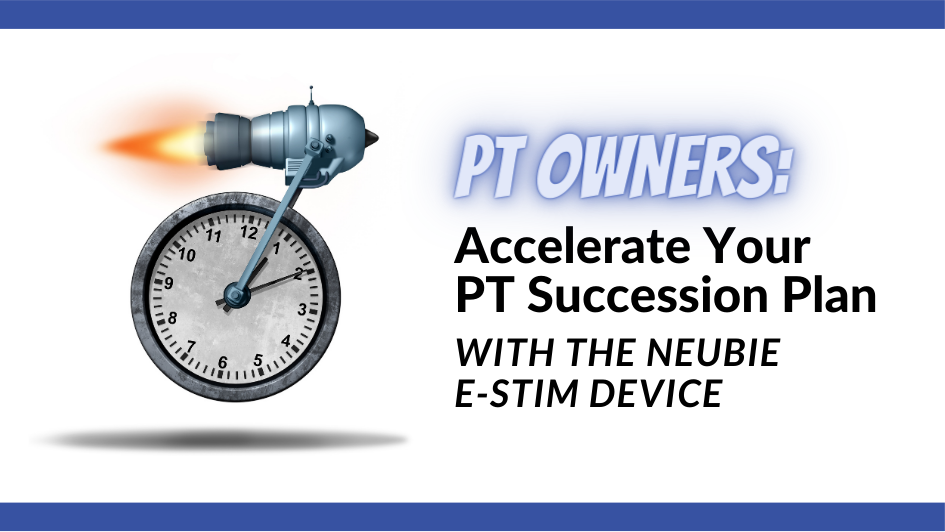 Previous Post
Previous Post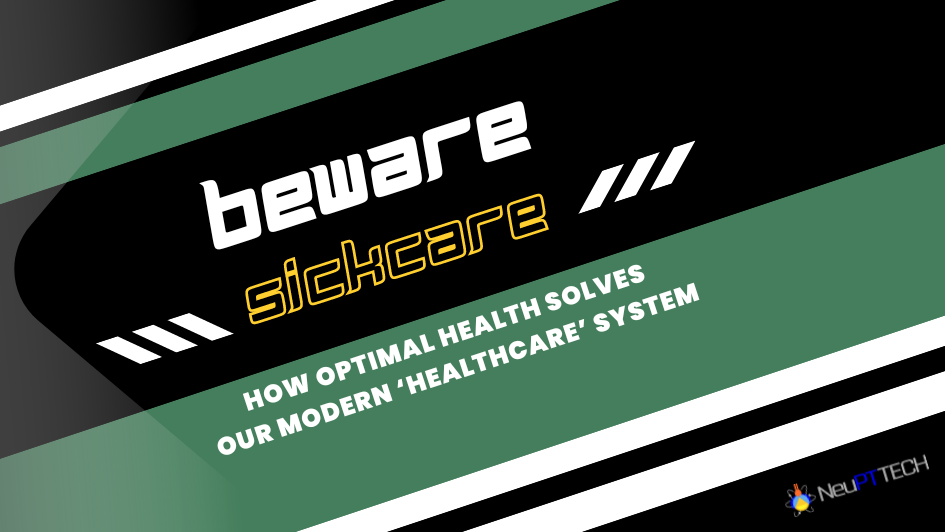 Next Post
Next Post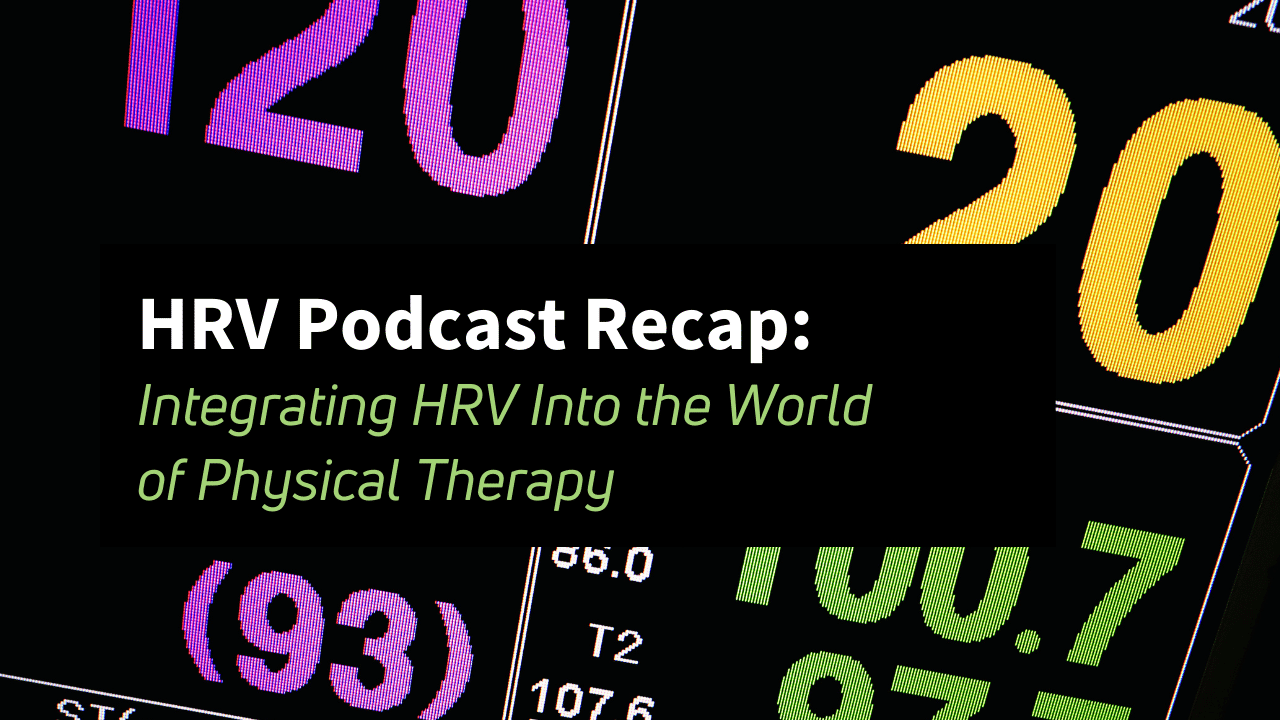
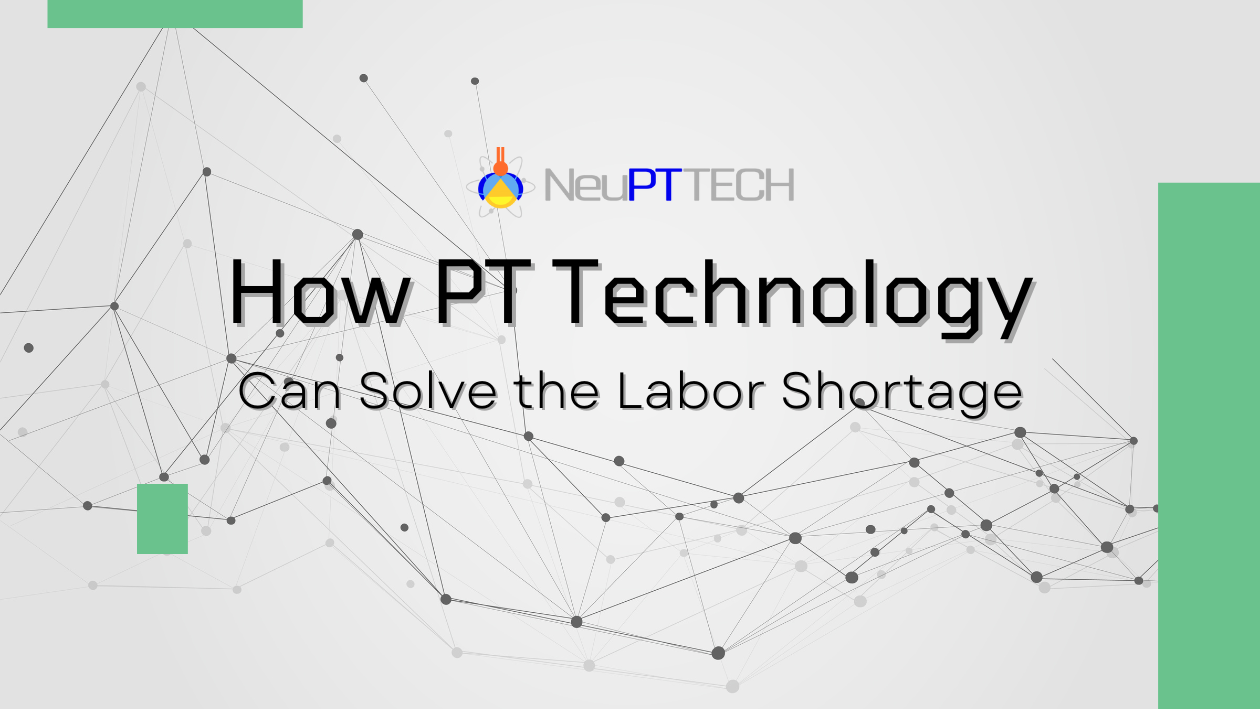
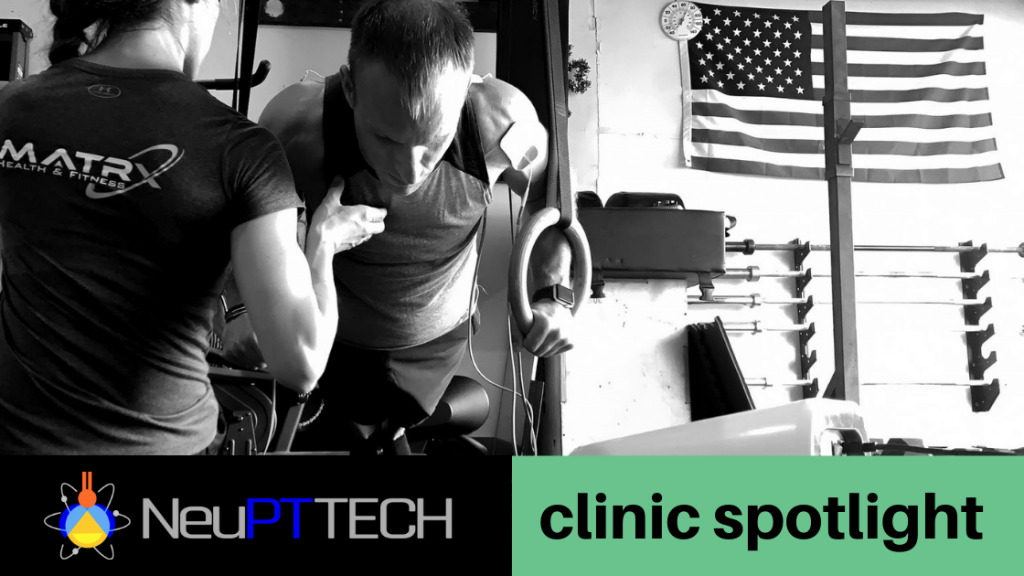
%20(5).png)